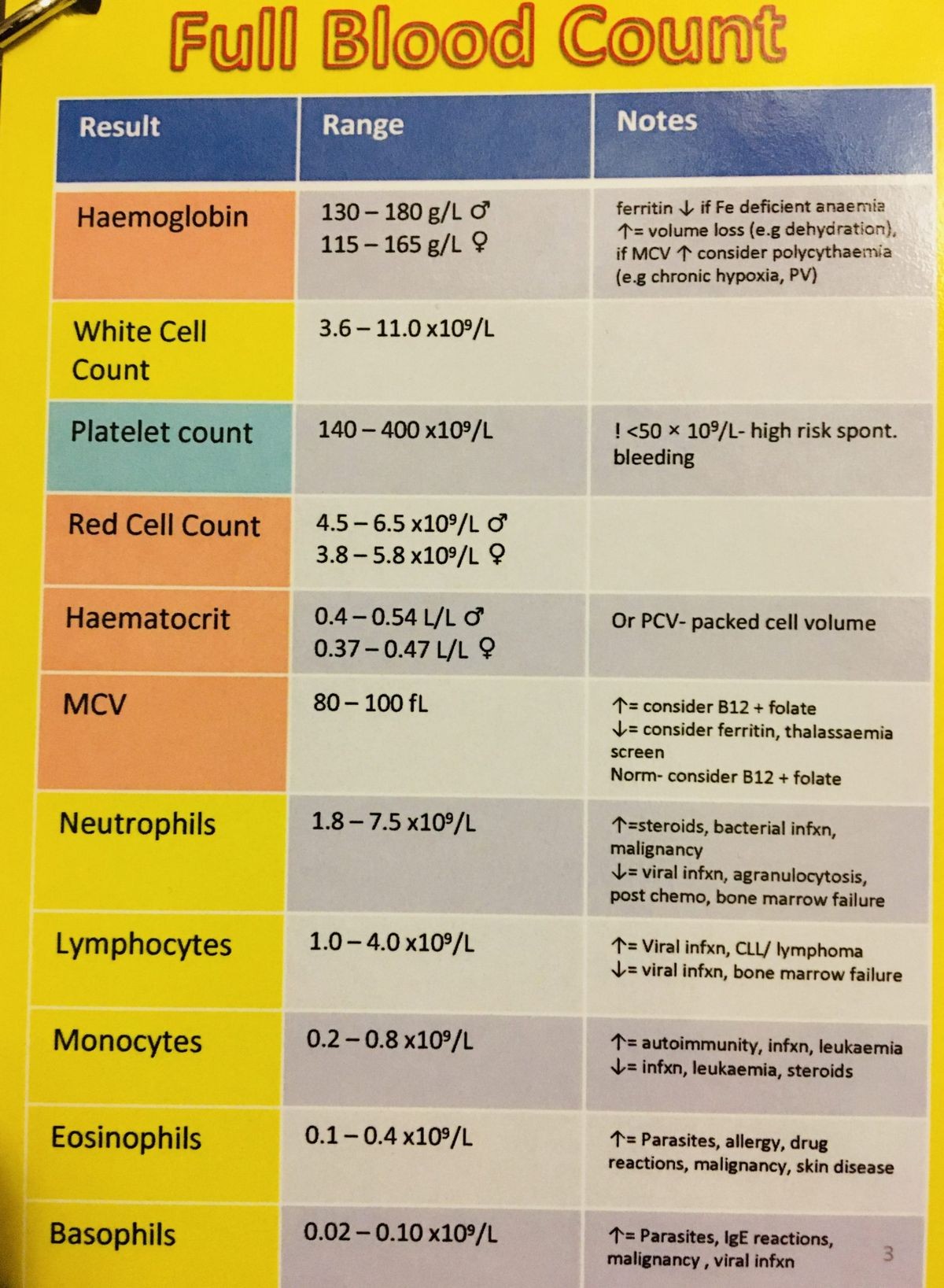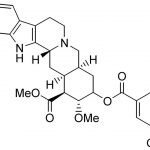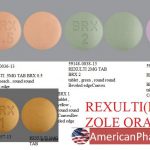
What Are the 5 Main Blood Tests?
Test results differ depending on the equipment and methods used, so standard normal results will vary from lab to lab.
Blood tests are popular diagnostic procedures.
The five most common blood tests include:
Your doctor can screen for conditions using small blood samples. Blood tests are the initial step in detecting disorders, assessing thyroid function, cholesterol levels, infections, diseases, and other conditions.
Usually, your doctor will request blood tests as part of a physical examination, checkup, or screening for specific ailments like diabetes, thyroid disease, cancer, heart disease, or sexually transmitted infections.
5 important blood tests
1. Complete blood count (CBC)
It is a common blood test that counts the red blood cells, white blood cells, and platelets. CBC assesses nutritional status, screens for diseases, and evaluates general health conditions. It helps diagnose anemia, leukemia, malaria, and infections.
- Total concentration of hemoglobin present in the blood (Hgb)
- Fraction of blood composed of red blood cells (Hct)
- Hemoglobin volume in each RBC (mean corpuscular volume [MCV])
- Weight of hemoglobin in each RBC (mean corpuscular hemoglobin [MCH])
- Proportion of hemoglobin in each RBC (mean corpuscular hemoglobin concentration [MCHC])
- Number of platelets, critical for clot formation
- MCV, MCH, and MCHC values help diagnose various types of anemia
Normal ranges for a CBC
- Normal range Hgb:
- Men: 13.0 to 17.0 g/dL
- Women: 11.5 to 15.5 g/dL
2. Basic metabolic panel (BMP)
BMP evaluates various chemicals in your blood to determine renal function, electrolyte balance, and fluid balance. It helps diagnose conditions and monitor the effects of medications.
- Calcium: Normal range is 8.5 to 10.2 mg/dL (2.13 to 2.55 mmol/L).
- Carbon dioxide: Normal range is 23 to 29 mmol/L.
- Chloride: Normal range is 96 to 106 mmol/L.
- Creatinine: Normal range is 0.8 to 1.2 mg/dL (70.72 to 106.08 µmol/L).
- Glucose: Normal range is 64 to 100 mg/dL (3.55 to 5.55 mmol/L).
- Potassium: Normal range is 3.7 to 5.2 mEq/L (3.7 to 5.2 mmol/L).
- Sodium: Normal range is 136 to 144 mEq/L (136 to 144 mmol/L).
- Blood urea nitrogen: Normal range is 6 to 20 mg/dL (2.14 to 7.14 mmol/L).
3. Blood enzyme test
This test detects enzymes in the blood. Tests for heart attacks include those for troponin and creatine kinase (CK). Increased levels of troponin and CK-MB indicate heart muscle damage.
The normal range for the troponin test is expressed in nanograms per milliliter (ng/mL). Additionally, the range for serum CK-MB is three to five percent (percentage of total CK) or 5 to 25 IU/L.
4. Lipoprotein panel
This panel assesses LDL, HDL, and triglyceride concentrations. It helps evaluate the risk of coronary heart disease.
The lipoprotein panel reveals:
- Total cholesterol
- LDL (bad) cholesterol
- HDL (good) cholesterol
- Triglycerides
Normal ranges of lipid profile
- Total cholesterol:
- Normal: Lower than 200 mg/dL
- Borderline high: 200 to 239 mg/dL
- High: At or higher than 240 mg/dL
5. Blood clotting tests
These tests detect proteins that affect blood clotting. Abnormal levels indicate the risk of bleeding or blood clots. They are also used to monitor people taking medications to reduce their risk of blood clots.
Common blood clotting tests include:
- D-dimer test: It detects D-dimer, a protein fragment formed when a blood clot dissolves.
- PT test: It determines how long it takes for a blood clot to form. Results are used to calculate the INR.
- INR: The normal range is between 0.8 and 1.1.
How is a sample collected for a blood test?
When collecting blood samples for tests, the following steps are followed:
- You can sit or lie down for the test.
- A healthcare professional will select the ideal vein, usually in your hand or arm. Inform them of any phobias or allergies.
- A tourniquet is applied above the collection spot, and you may be asked to tighten your fist to help locate the vein.
- A small needle is inserted into your vein after cleaning the area. Blood is collected in vials or syringes.
- The tourniquet is released, the needle is removed, and pressure is applied to minimize bleeding and bruising.
Test results differ depending on the equipment and methods used, so standard normal results vary across labs.
What are the possible risks of a blood test?
Phlebotomy, or blood withdrawal, is generally safe.
Possible risks include:
- Bleeding and bruising, mitigated by applying pressure after needle removal.
- Minor pain that usually subsides quickly.
- Inform the phlebotomist if the arm is swollen or at risk of edema, if you have a needle phobia, or if you feel dizzy during the procedure.
- Infection (rare).


